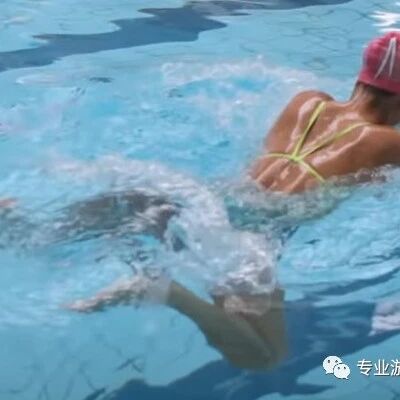How can you swim freestyle without choking on water? Optimizing your head turns, breathing, and stroke technique.
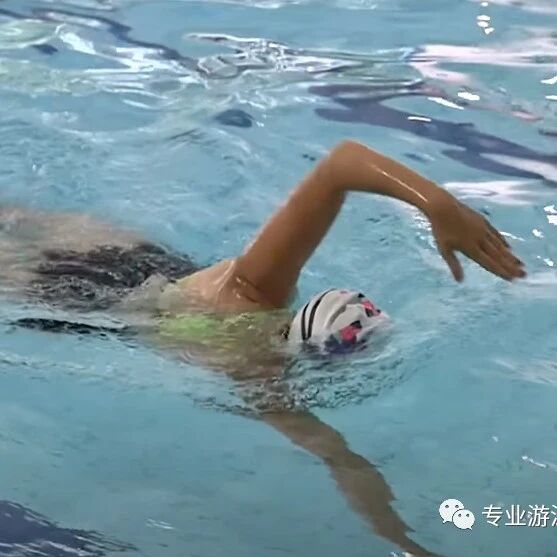
In the beginner stages of freestyle swimming, there are two primary challenges: breathing and kicking. Poor breathing technique prevents you from swimming long distances, while ineffective kicking often leads to sinking. However, by following the structured freestyle practice steps rooted in the Total Immersion swimming philosophy—starting with the Superman Float, progressing to single-side strokes, side turns, and finally mastering the two-beat kick—you can effectively overcome these breathing and kicking hurdles, resulting in a much smoother learning curve. A key reason behind this approach is that the Total Immersion freestyle system addresses the fundamental principle of freestyle: body rotation along the long axis, which is essential for efficient swimming. In essence, core-strength-driven body rotation serves as the foundation and unifying reference point for all other movements in freestyle.
Previously, it was explained that freestyle involves the coordinated interaction of arm strokes and flutter kicks—how exactly these movements work together is left entirely up to individual swimmers to discover through practice. However, this explanation lacked precision. In reality, when body rotation takes center stage, the forward extension of the arms becomes a natural outflow of the body’s rotational motion. Meanwhile, the arm strokes and flutter kicks are simply complementary actions designed to enhance and accelerate the body’s rotation. Once swimmers grasp the sensation of gravity shifting smoothly as they rotate their bodies, all they need to do is maintain a rigid, unified posture. By seamlessly integrating arm sweeps and leg kicks with the body’s natural gravitational shift during rotation, freestyle swimming can feel effortlessly fluid and graceful.
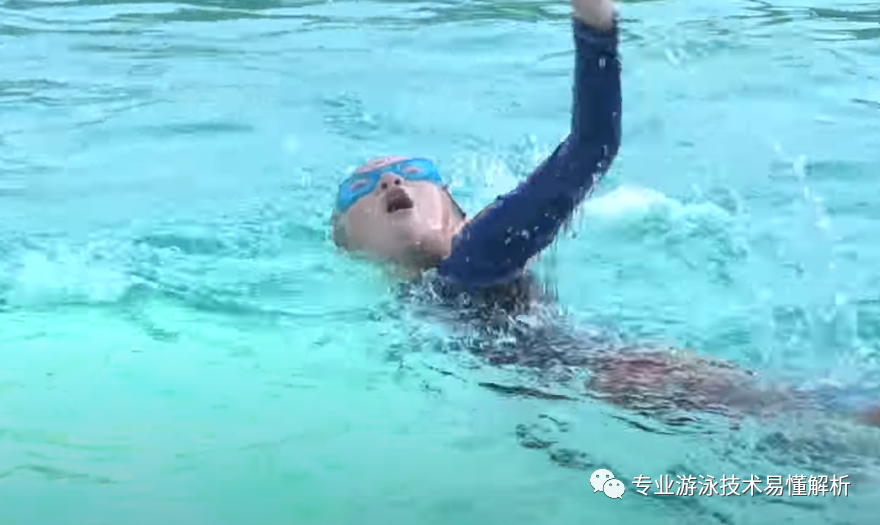
1. Causes of choking on water
The reason water accidentally enters your mouth or nose is simple: when you inhale, there’s water nearby. So how do you keep your mouth and nose clear of water? Either lift your head to move them away from the surface—or lower the water level below your mouth and nose. Clearly, lifting your head creates significant frontal drag, making it harder to maintain a streamlined body position. That leaves only one practical solution: lowering the water level so it stays beneath your mouth and nose.
There are two ways to keep the water surface below your mouth and nose: First, as you swim forward, use your head to part the water—just like a boat’s bow slices through the surface, causing the water to flow around its sides. If you don’t lift your head, the water will still be parted above your head, and it’ll break open again as it reaches the bridge of your nose. Alternatively, quickly move the water beneath your mouth and nose aside; in doing so, the surrounding water will naturally flow in to fill the space left behind, gradually lowering the water level enough to give your mouth and nose a chance to breathe.
From the above two points, we can identify two key takeaways: first, don’t lift your head while swimming—instead, use it to slice through the water’s surface. Second, ensure powerful arm strokes that efficiently push the water away as quickly as possible, timing them perfectly to coincide with your head turn for breathing.
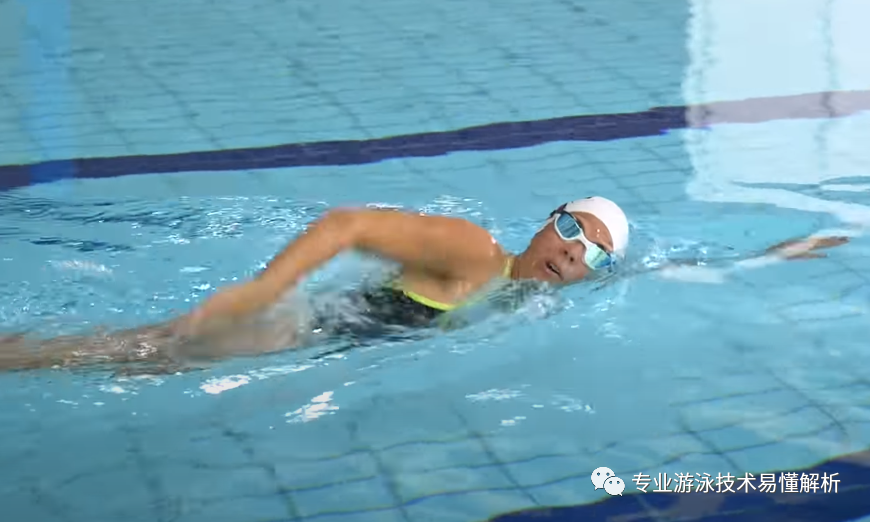
2. The Mutual Influence of Head Turning for Breathing and Arm Stroke
Insufficient breathing often occurs when you fail to fully exhale the stale air from your lungs before inhaling fresh air. As soon as carbon dioxide builds up, your lungs immediately feel uncomfortable, causing you to instantly forget any rhythm or core strength—leaving you instinctively flailing aimlessly in the water. That’s why, right after completing each breath, you must start exhaling through both your mouth and nose. While underwater, continue exhaling steadily, and make sure to completely release every last bit of stale air as you surface. Only then can you take in enough fresh oxygen during that brief moment when your mouth is open.
When performing the breathing technique in freestyle, you must turn your head—but crucially, the act of turning your head itself can disrupt your swimming rhythm. That’s why, once you’ve mastered the movement, it’s important to minimize the amplitude of your head turns. The key is to seamlessly integrate the head turn into the timing and flow of your body’s lateral rotation, rather than simply turning your head for the sake of breathing. Instead, take advantage of the natural momentum from your body’s sideways motion to effortlessly pivot your head and breathe at the same time.
It’s recommended to start preparing your head turn as soon as your arms begin entering the water. As your body pivots to the side, initiate your stroke simultaneously—then, during the pull phase, smoothly execute the head turn to breathe. Once your arm exits the water and moves overhead, prepare for the next body rotation to the opposite side. At this point, quickly guide your head underwater in sync with the body movement; there’s no need for the head turn to outpace the body—it’s best if it flows naturally and effortlessly.
When first practicing, make larger head movements, keeping your eyes focused slightly upward and backward. After some time, gradually shift your gaze to a more angled position—first diagonally back, then progressively lowering your line of sight until you’re looking straight sideways. Finally, aim your eyes toward the water level around your mouth and nose. Over time, this will help you achieve the smallest possible head turn while seamlessly executing each breath—a subtle, almost imperceptible motion that ensures efficient and unobtrusive breathing.
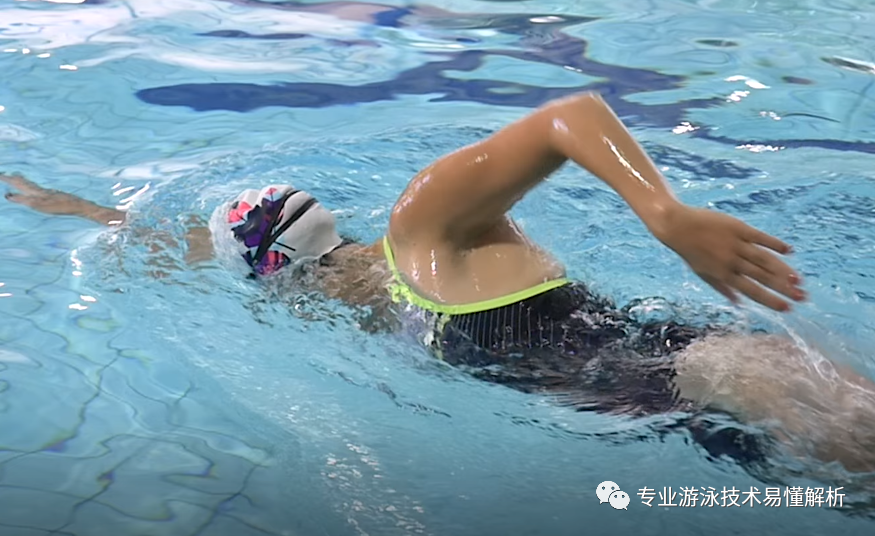
Breathing isn’t just about supplying oxygen to your arm and leg muscles, giving you the strength to stroke and kick—it also plays a crucial role in maintaining core stability. Specifically, it helps engage your abdominal muscles, creating that familiar "tight" feeling in your midsection. In fact, this subtle engagement of your core actually makes your abdomen feel firmer than when you’re not holding your breath. But where does this essential breath for engaging your core come from? Naturally, it’s still through proper breathing!
When you start feeling tired while swimming freestyle—when you just can’t go on—it often begins with your core losing that tight, stable hold. That’s when the breath you’ve been holding finally slips away, and suddenly your body can no longer maintain its upright, streamlined alignment. Your legs, meanwhile, start kicking on their own—but the harder they kick, the heavier they become. No matter how much you strain to pull through the water with your arms, you can’t counteract the sinking weight of those sluggish legs.
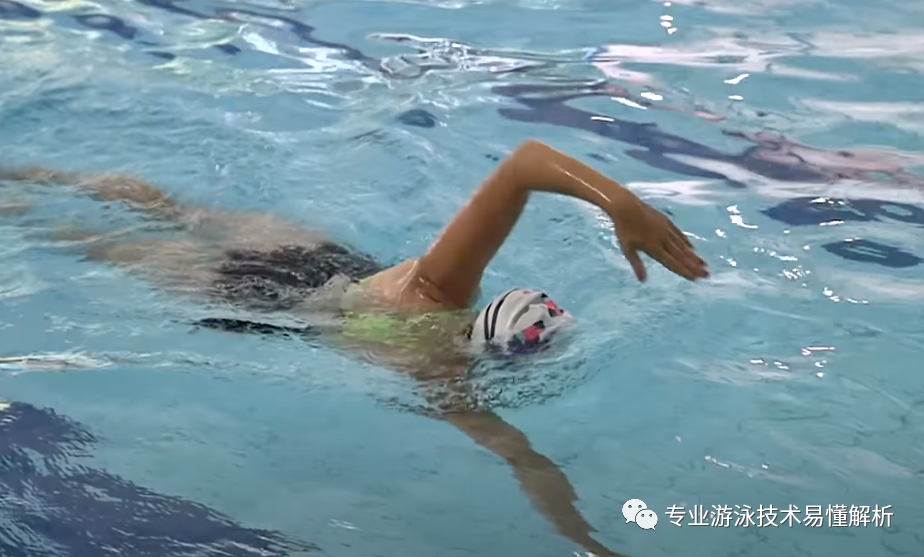
One WeChat official account shares swimming tips, while another focuses on software insights, online resources, and reading experiences.
Thank you for your supportive and encouraging likes, as well as the comments that spark even more conversation—and of course, we’d love even more shares and retweets!


Related Articles
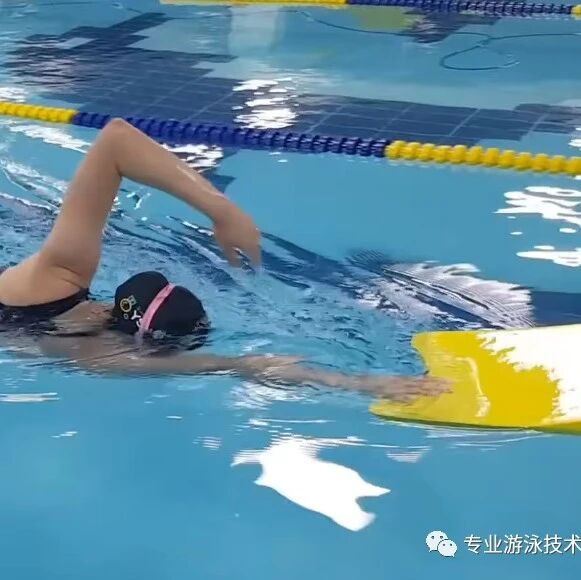
Swimming not only benefits physical health but also enriches one’s understanding of life.
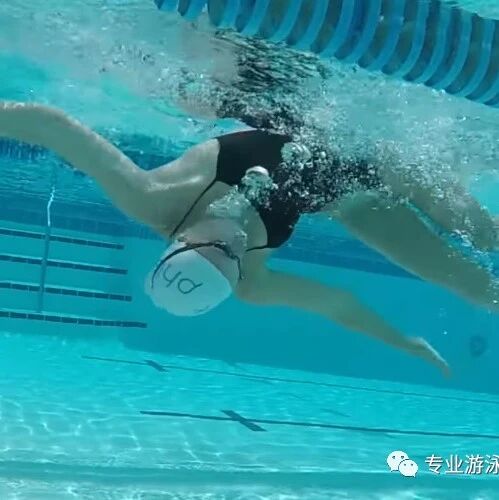
Does the flip turn affect breathing? The key to maintaining a smooth freestyle rhythm
